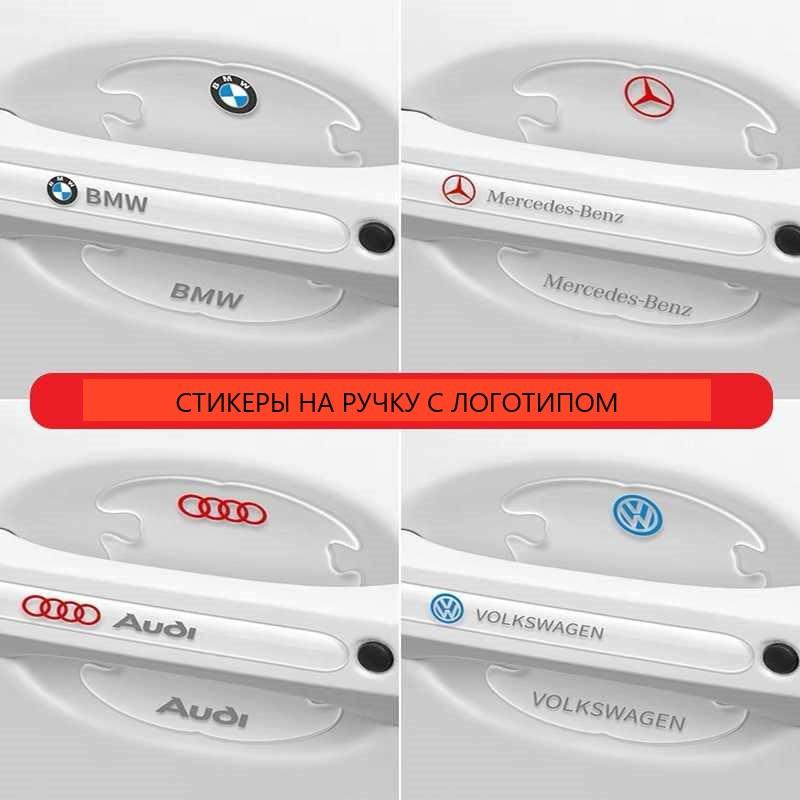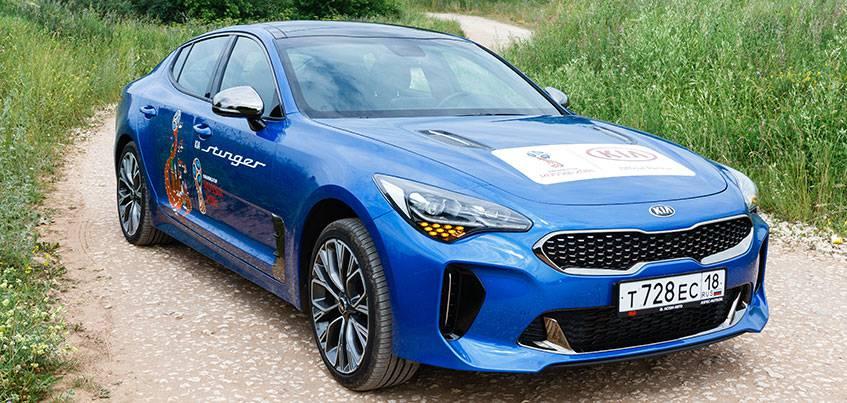
Right Car, Wrong Time: Kia Stinger, Holden Cruze, Ford Territory Turbo and Other Losers of the Automotive World

Would the Kia Stinger have been more successful if it had come out a few years earlier to compete with the Holden Commodore?
Starting the right car at the right time is the biggest challenge for the automotive industry.
Do it right and the rewards will be huge and unlikely models will become bestsellers. For example, when Audi launched the SQ5, many people questioned the appeal of a performance-focused diesel SUV. But history has shown that it was exactly what people wanted, and the entire high-performance SUV segment has grown since then.
Or take the Ford Ranger Raptor, a high-performance SUV priced above $70,000 in 2018 that might have seemed like a bold choice in XNUMX, but as sales and an expanding list of potential competitors show, it was the right choice. car at the right time.
What about the reverse? What if you are launching a great car, but the market has moved off the ground? Or are you launching a car that fills a gap but doesn't attract customers the way it should?
Here are a few examples of cars that seemed to have more potential than they ended up with.
Kia Stinger
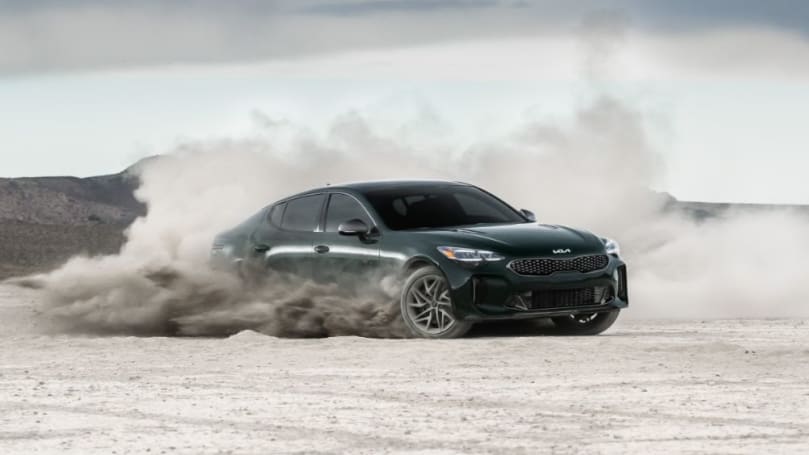
To begin with, the Stinger is still on sale, and since it hit the market, Kia has consistently been in demand. However, it never lived up to the hype it had when it joined the lineup, with many predicting it would replace the Holden Commodore SS and Ford Falcon XR6 as Australia's favorite affordable sports sedan.
The problem seemed to be that Kia was a few years too late. While sales of Commodores and Falcons have been strong in recent years of local production, in hindsight it seems that this was driven by emotion or nostalgia, and much of the market for cars like the Stinger has shifted to buying cars and SUVs.
It's a shame because the Stinger is an exciting car, especially the twin-turbo V6 variants, and it showed off the ambitions of the rising South Korean brand.
Ford Territory Turbo
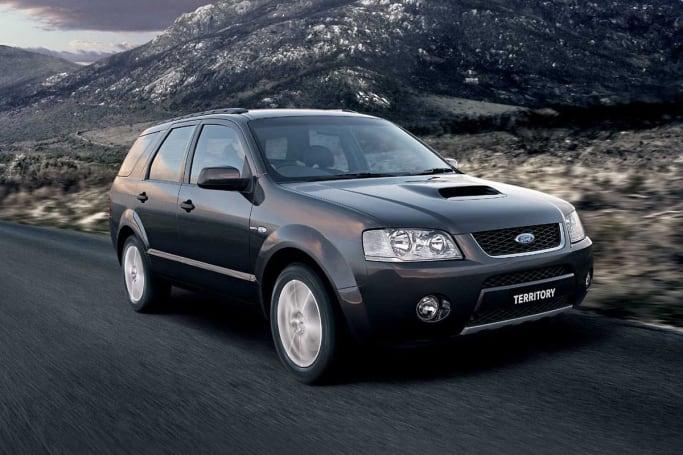
It's one of the great "what if" moments for the Australian automotive industry - what if Ford had decided to introduce a turbo-diesel version of the Territory in 2006 rather than a turbo-petrol model?
At the time, Ford Australia was convinced that customers valued performance over economy, and the cheaper development of the Falcon's existing turbocharged inline-six simplified the business case.
Unfortunately for Ford, it appears that in the mid-2000s, Australians wanted to save money on a tanker, especially when driving a large SUV, and it wasn't until the facelifted diesel came out in 2011 that the market turned to fast SUVs. (how brilliantly brought Audi).
The failure of the Territory Turbo may partly explain why Ford Australia is still seemingly shy about releasing sport utility vehicles like the Puma ST, Edge ST and even the Bronco, even as demand for such vehicles is on the rise.
Ford EcoSport
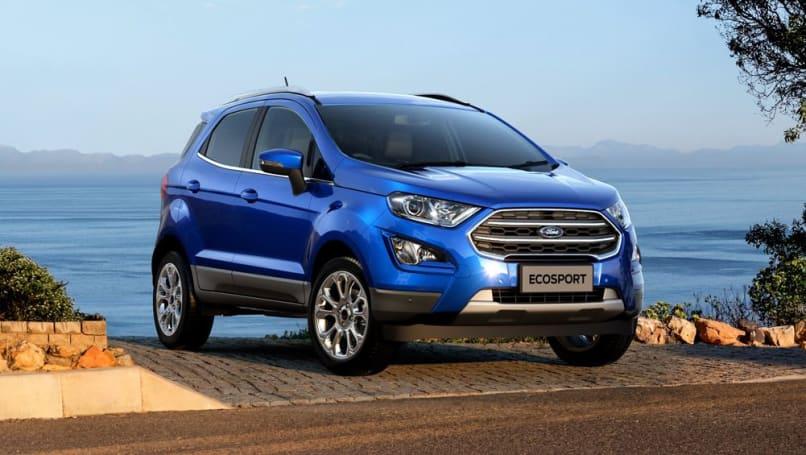
To be fair, Ford chose to transition to urban SUVs faster than most brands. The Fiesta-based EcoSport arrived in Australia in 2013, years before Mazda, Hyundai and Volkswagen introduced their own compact models.
The problem for the Blue Oval was not the concept, but the execution, because while the EcoSport was the right size, it looked more like an SUV than a high-riding hatchback.
The success of the Mazda CX-3, Hyundai Venue and Volkswagen T-Cross suggests that buyers wanted something similar but different from the EcoSport.
Holden Cruz
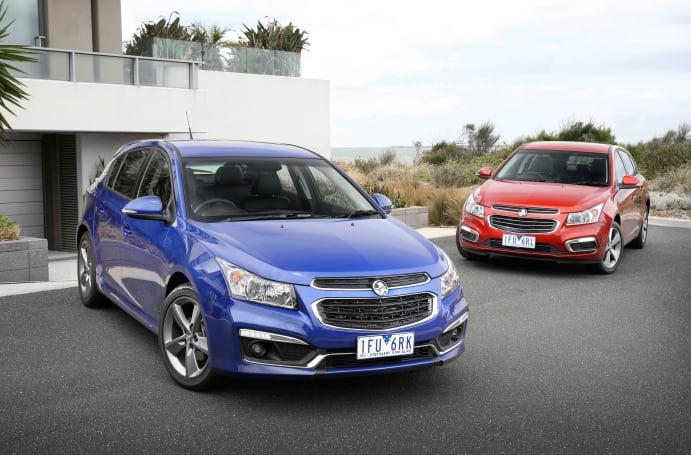
I can argue that Holden managed to get this plate wrong twice because both the rebadged Suzuki Ignis and the eventual Daewoo-based locally built small sedan and hatchback may have been the right cars at the wrong time.
General Motors entered into an agreement to build their own version of the Ignis and launched the compact SUV in 2001, possibly a decade ahead of its time; but that's a story for another day...
The locally built small Cruze, which was available in both sedan and Australian-style hatchback bodystyles, was the best example of the right car showing up at the wrong time.
Imported versions of the Cruze hit showrooms in 2009 before local production began in 2011. This was at a time when Commodore sales were still relatively strong, so many consumers considered the Cruze to be a little brother.
The Cruze ended production in 2016 and was replaced by the returning Astra. It may have been a case of the right car, the wrong name, and Holden might have been better off sticking with the Astra nameplate, which has been known to customers for longer and not associated with the short-lived Suzuki-based light SUV.
BMW i3
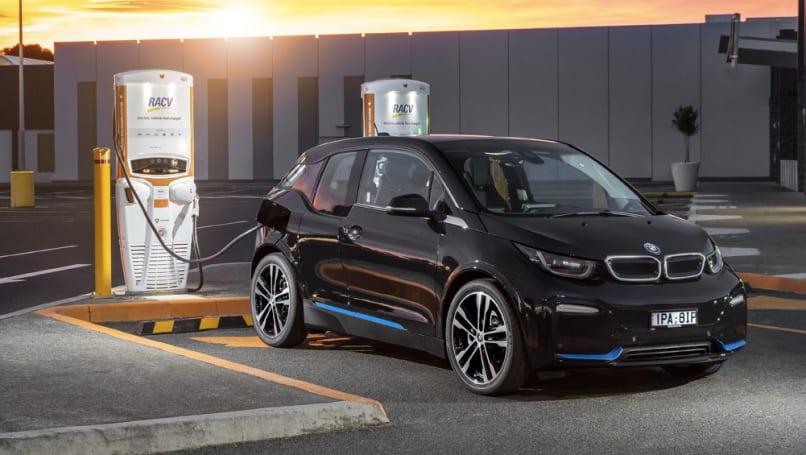
BMW is in the midst of an electric onslaught, with the iX3 and iX already on showroom floors, with the i4 due to join them later this year. What BMW dealers won't have anymore is the i3, a groundbreaking car whose main mistake may be that it was ahead of its time.
Of course, a range of 180-240 km doesn't help (although that would be more than enough for the average Australian commuter), but the i3 was a very interesting car in many ways.
His focus on sustainability and design has made him an industry leader, as well as arguably the most interesting BMW of the last 40 years. These are all things that consumers consider these days when buying a new car.
But when the i3 was launched in 2013, car buyers weren't ready for such a drastically different look for a car that seemed to need recharging too often.
A crying shame for those who appreciated its unconventional BMW-ness.
